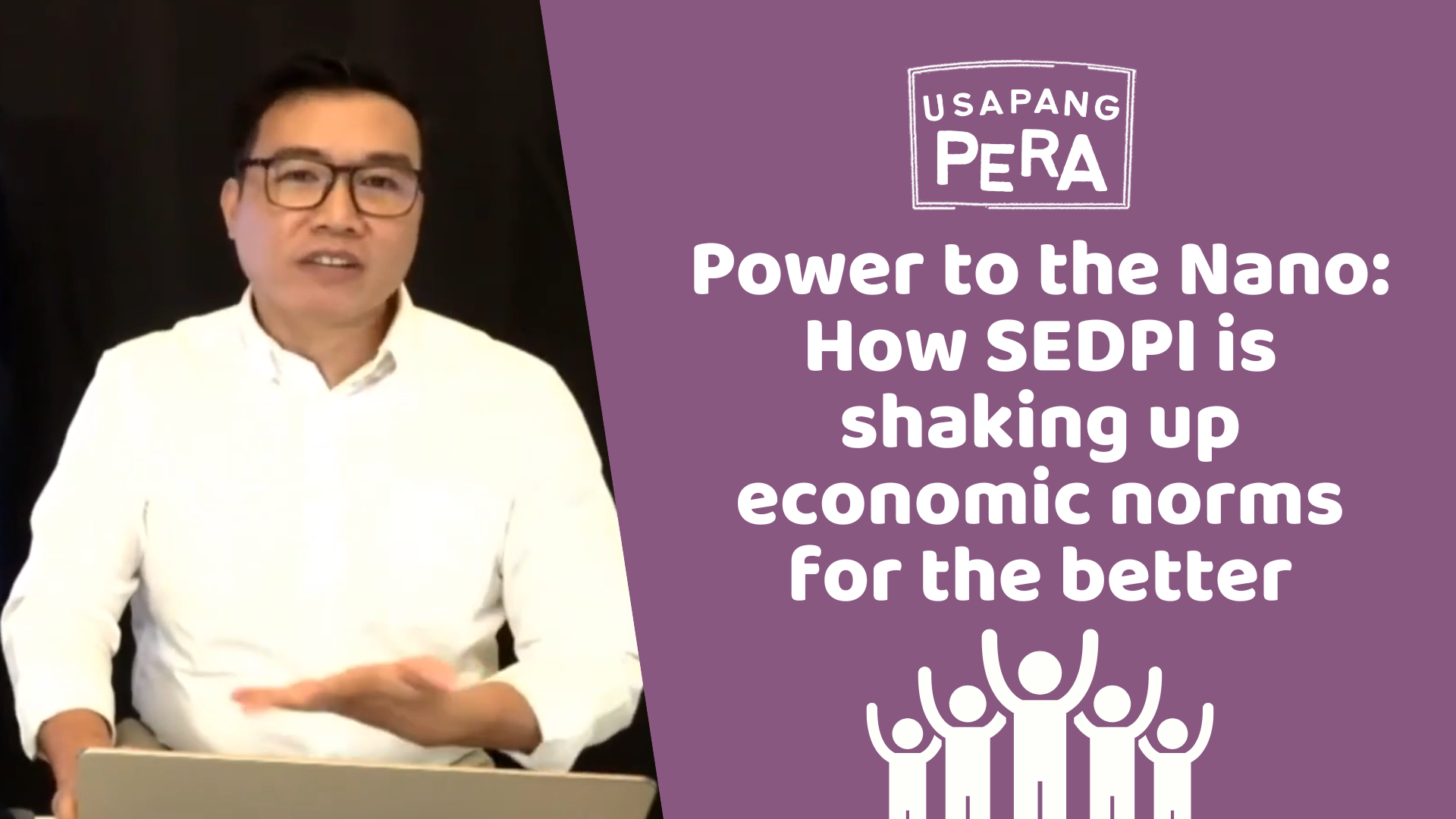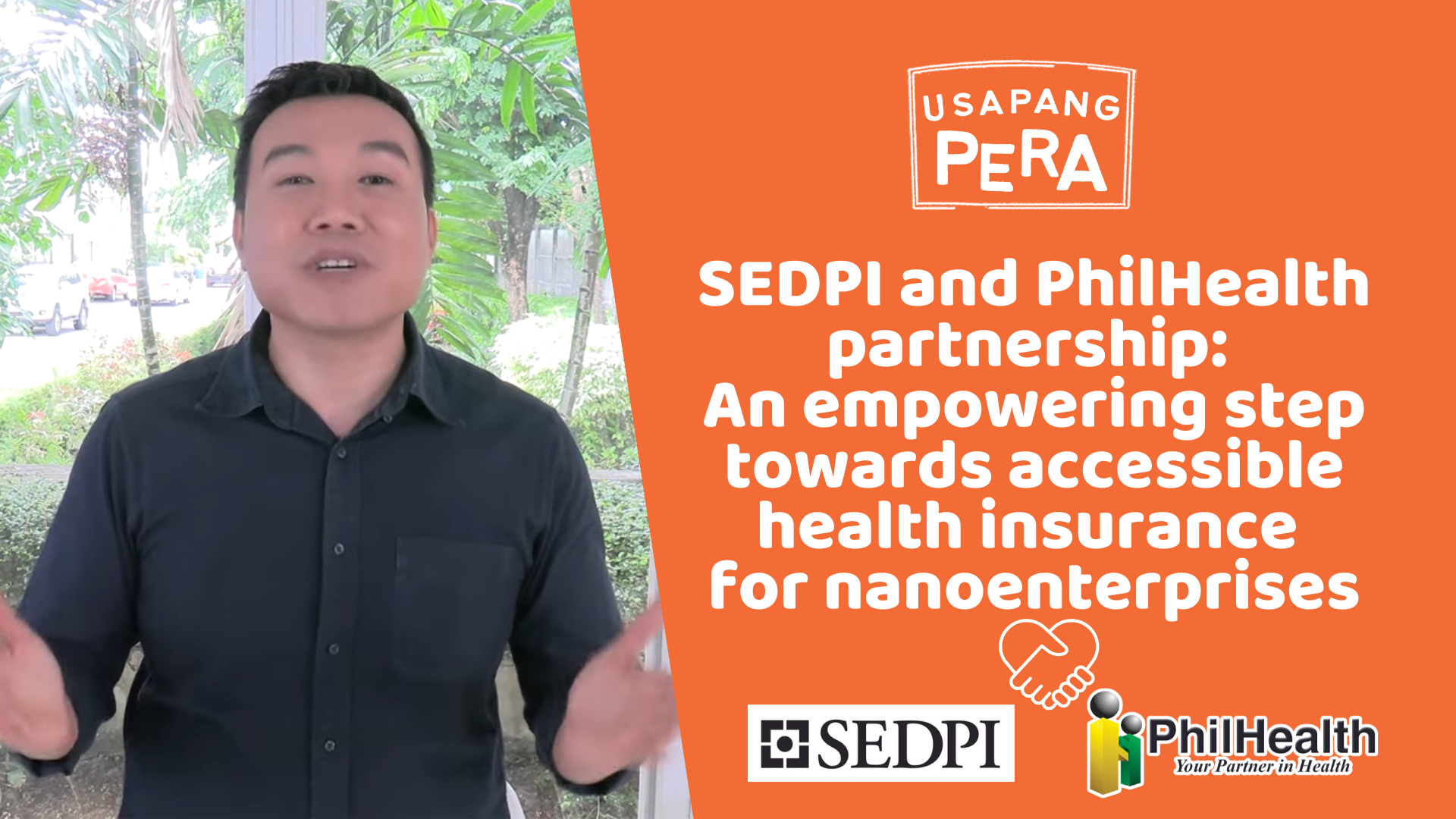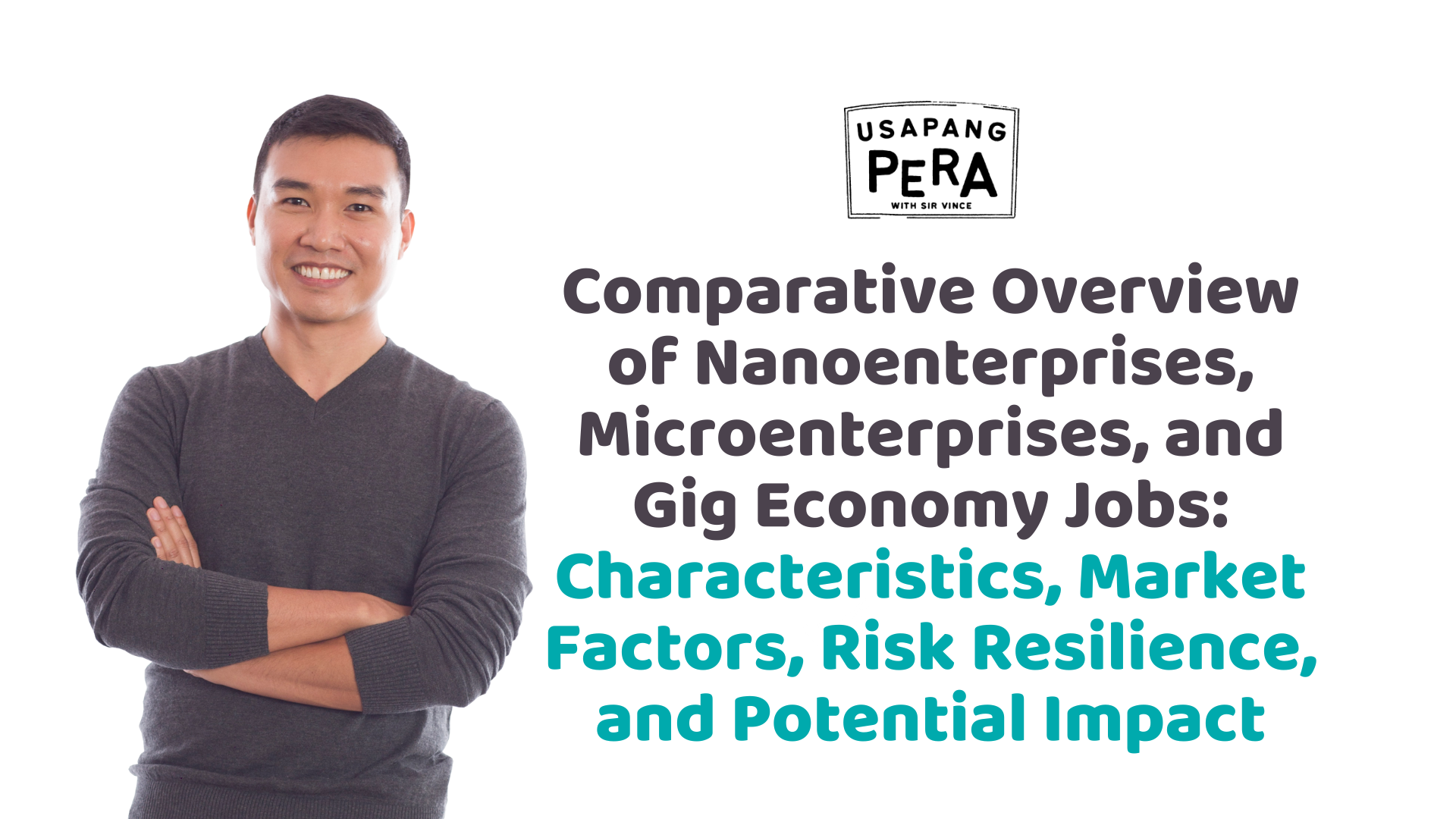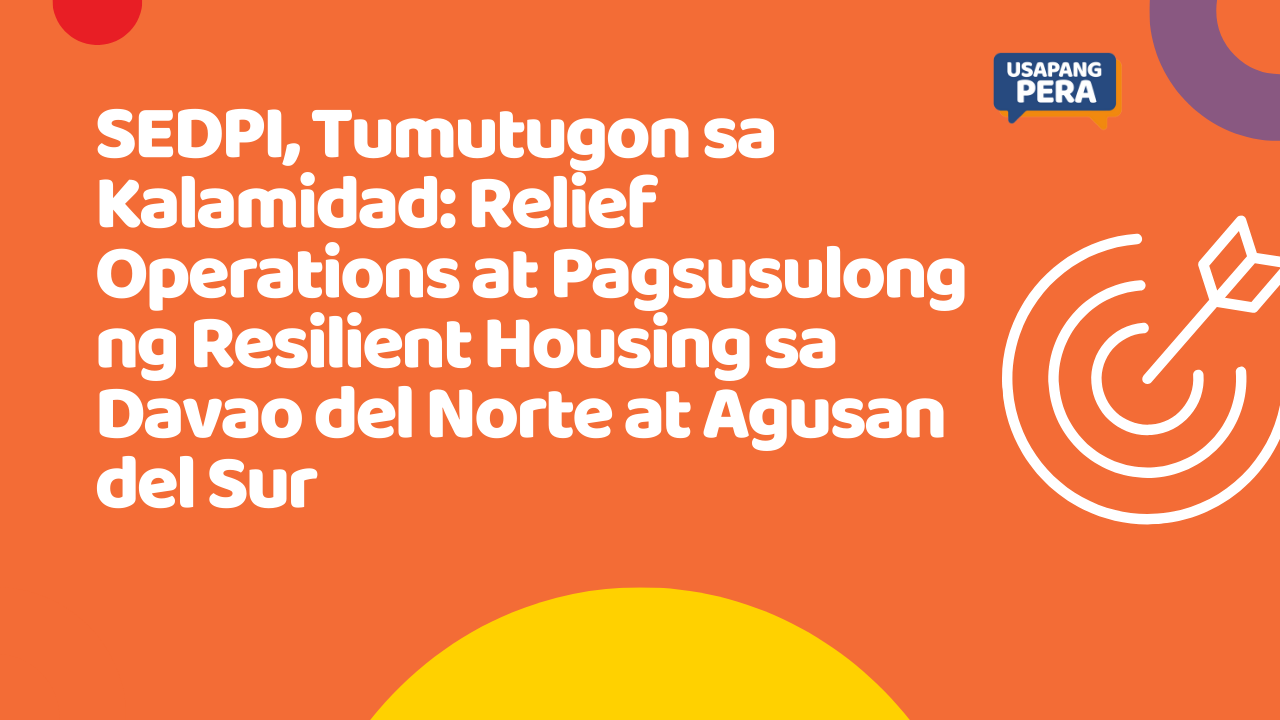Tag: nanoenterprise
-
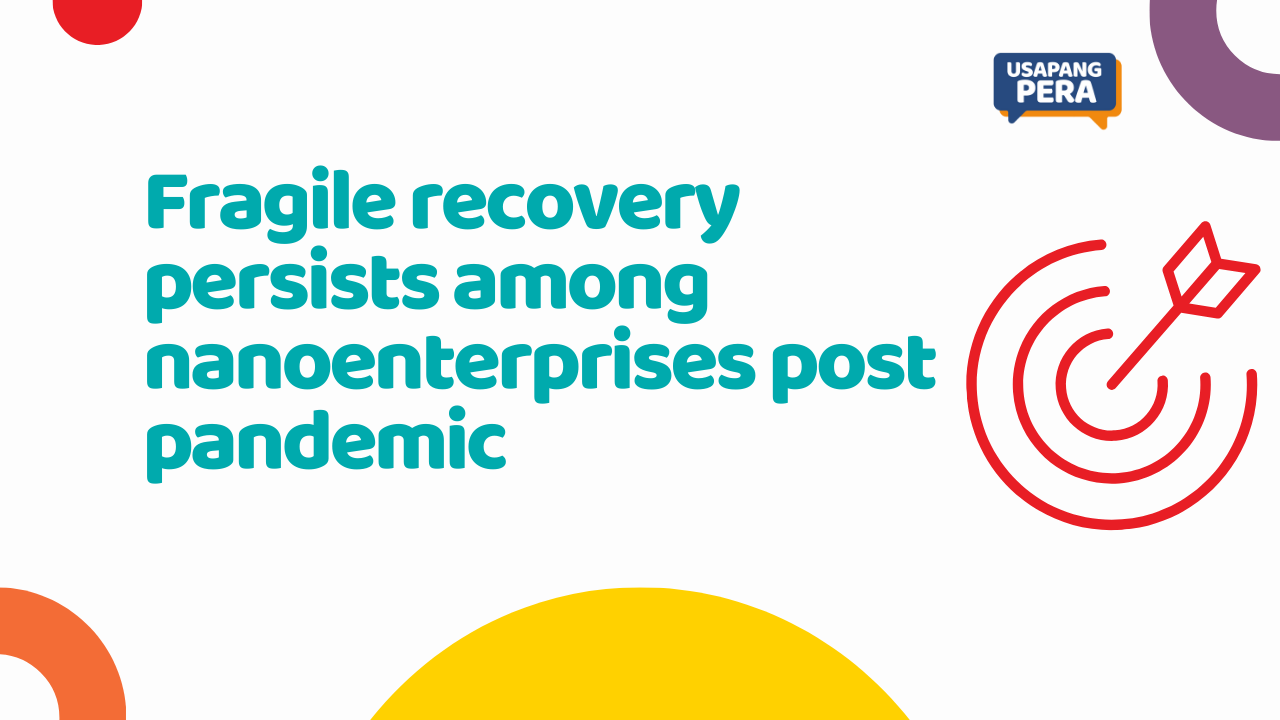
Fragile recovery persists among nanoenterprises post pandemic
Update 18 of SEDPI’s Rapid Community Assessment (RCA)October – December 2022 As the world slowly recovers from the pandemic, the economic landscape remains uncertain, especially for nanoenterprises. A recent survey conducted by our organization, Social Enterprise Development Partnerships, Inc. (SEDPI), reveals that 99% of nanoenterprises have resumed operations as of December 2022, indicating a promising…
-
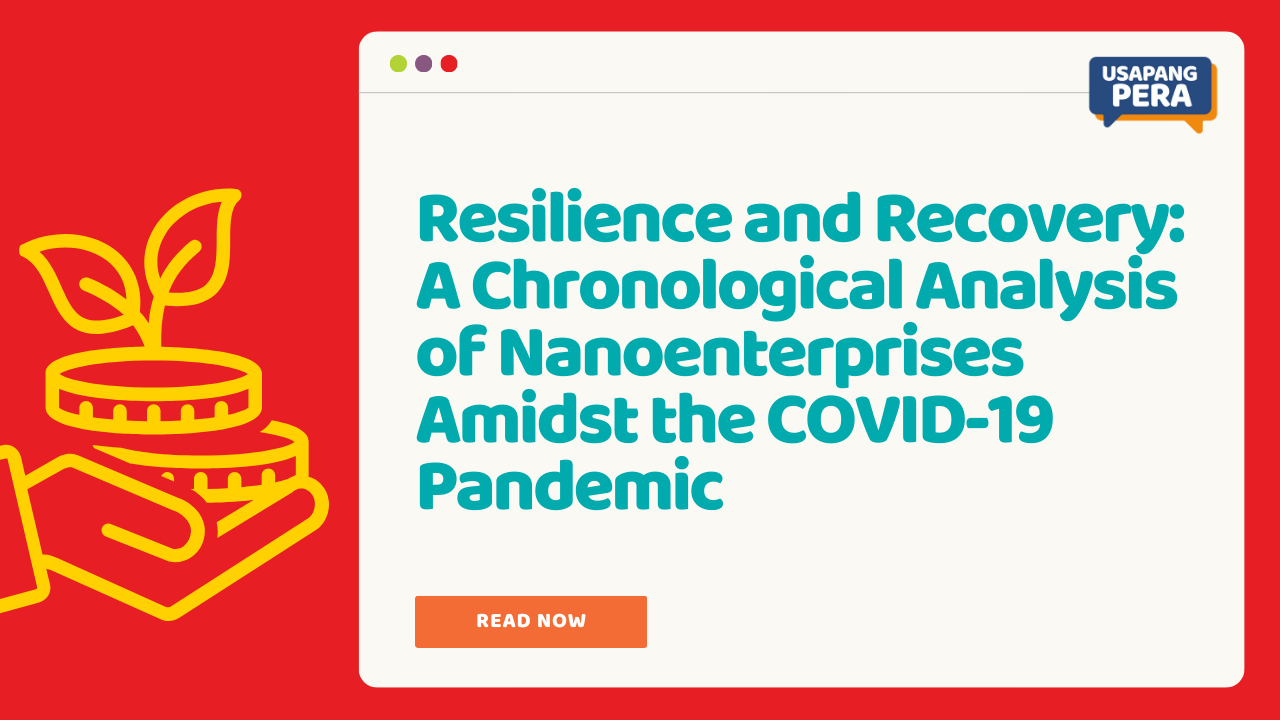
Resilience and Recovery: A Chronological Analysis of Nanoenterprises Amidst the COVID-19 Pandemic
The COVID-19 pandemic has had a profound impact on nanoenterprises (NEs) worldwide, with various stages of recovery, demand trends, and access to supplies experienced throughout the course of the pandemic. This article examines the chronological analysis of NEs’ recovery, demand trends, and access to supplies from March 2020 to December 2022, based on the Rapid…
-
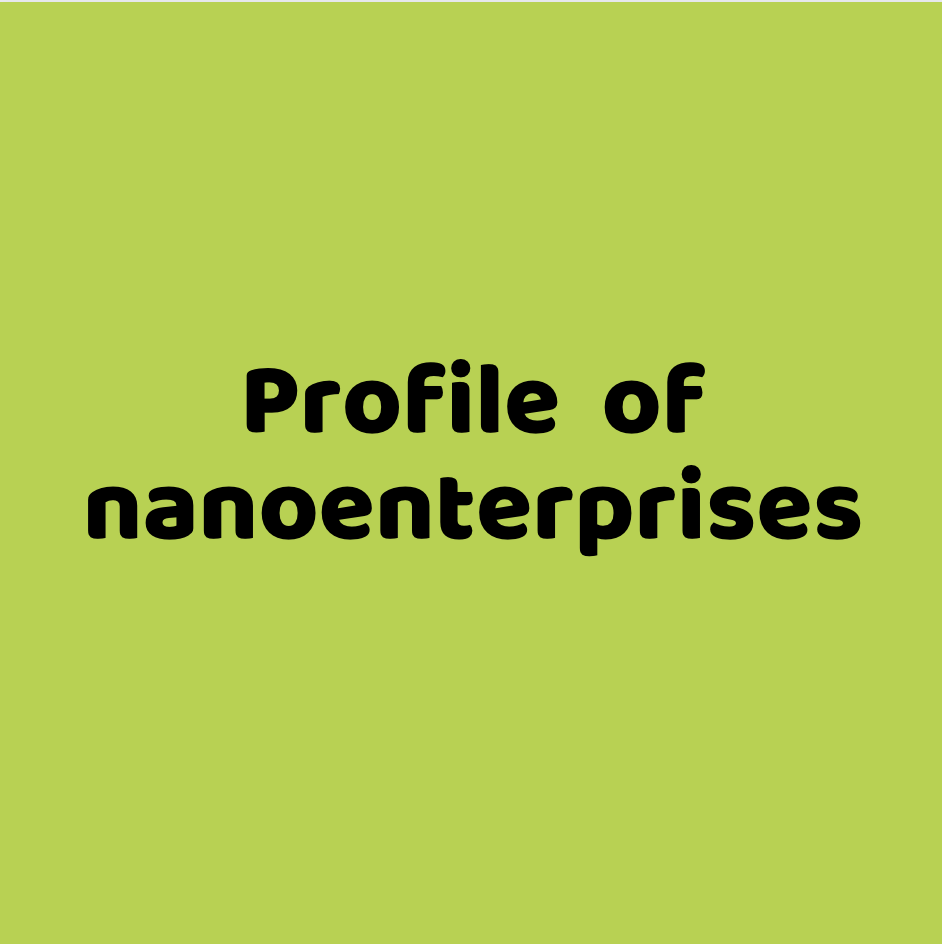
Profile of nanoenterprises
Nanoenterprises are typically unregistered livelihoods of self-employed individuals or informal solo-preneurs with asset size ranging from PhP3,000 to PhP150,000. They operate businesses alone or with the help of unpaid family members targeting their immediate local communities. Microenterprises are mostly registered enterprises able to hire employees albeit on a minimum wage rate. There are approximately 8.1…
-
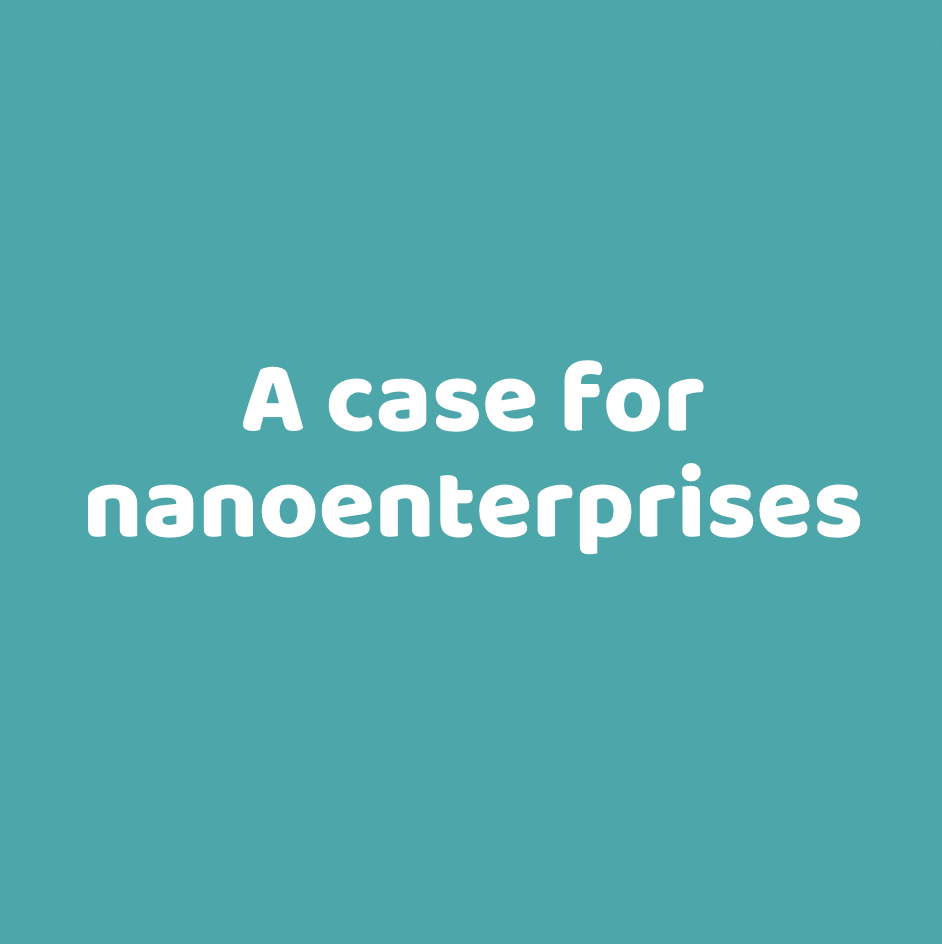
A case for nanoenterprises
According to the Department of Trade and Industry (DTI), there are nearly a million microenterprises in the Philippines. DTI considers any business with less than PhP3 million in assets and less than 10 employees as microenterprise. The challenge with this classification in the social development perspective is that it lumps together poor and non-poor enterprises…


